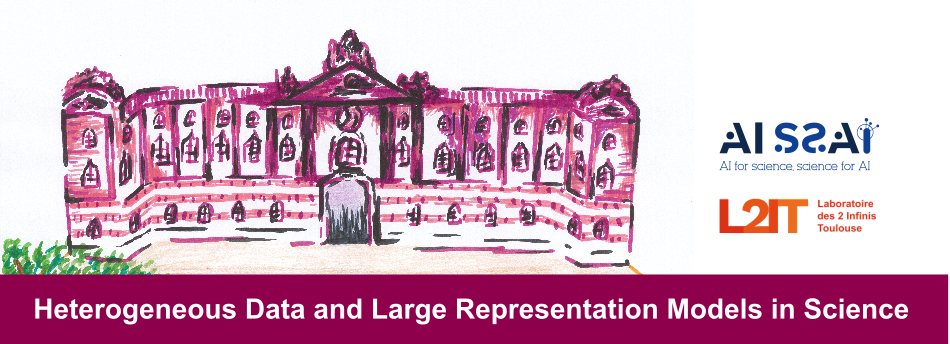Speaker
Description
Neutrinos are elusive particles that require massive detectors for observation. The IceCube neutrino observatory at the South Pole is a cubic kilometer of Antarctic ice, instrumented with 5,160 digital optical modules. Its results play an essential role in both particle physics and astrophysics.
Deep learning methods, such as graph neural networks, have been successfully applied to the steady stream of heterogeneous data IceCube is receiving. In this talk, we will present a foundation model for the IceCube data. It is trained in a self-supervised way without any data labeling. We further fine-tune this pretrained model for the downstream task of directional reconstruction of neutrino events. We show that this pretrained model significantly outperforms models trained from scratch. Remarkably, the foundation model does not require any knowledge of the IceCube detector geometry or characteristics of its electronics, since it extracts all the necessary information from the raw data.
| Contribution length | Middle |
|---|

